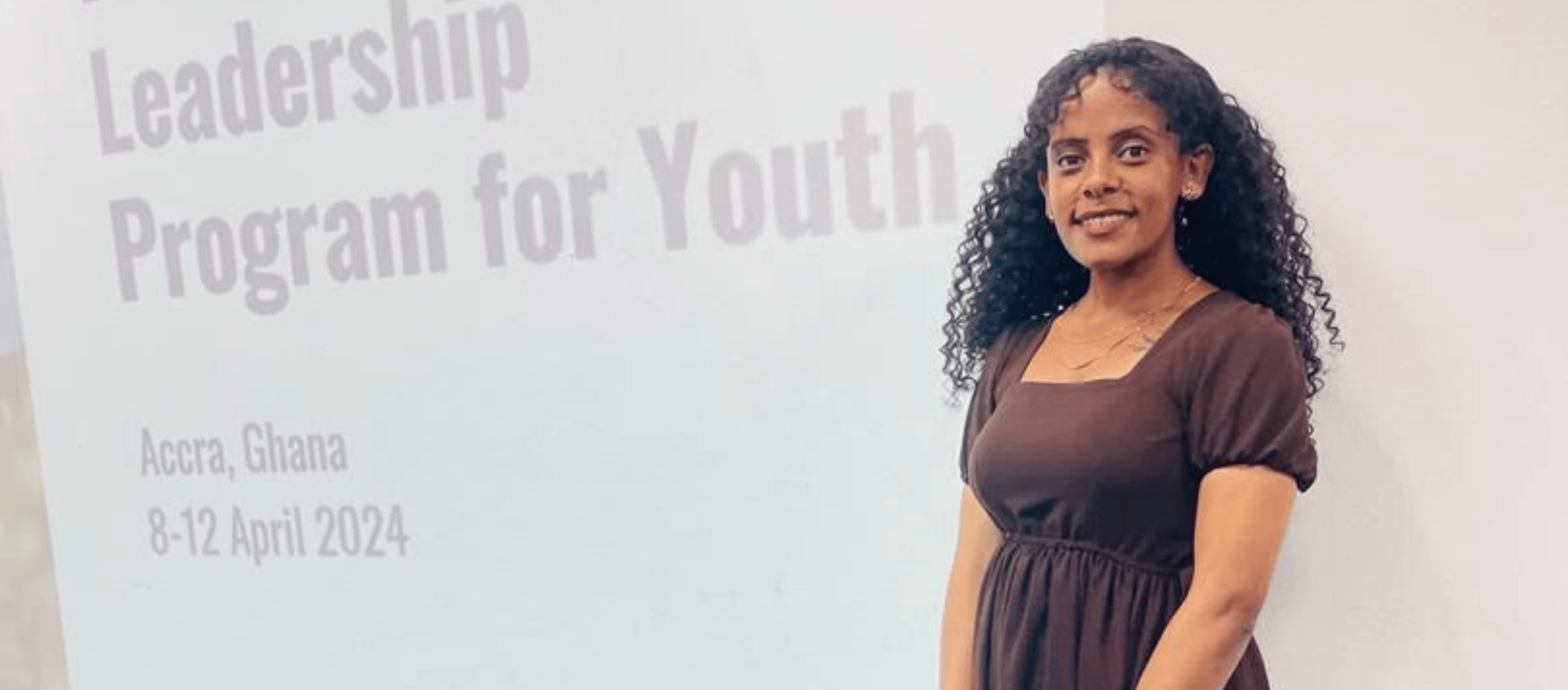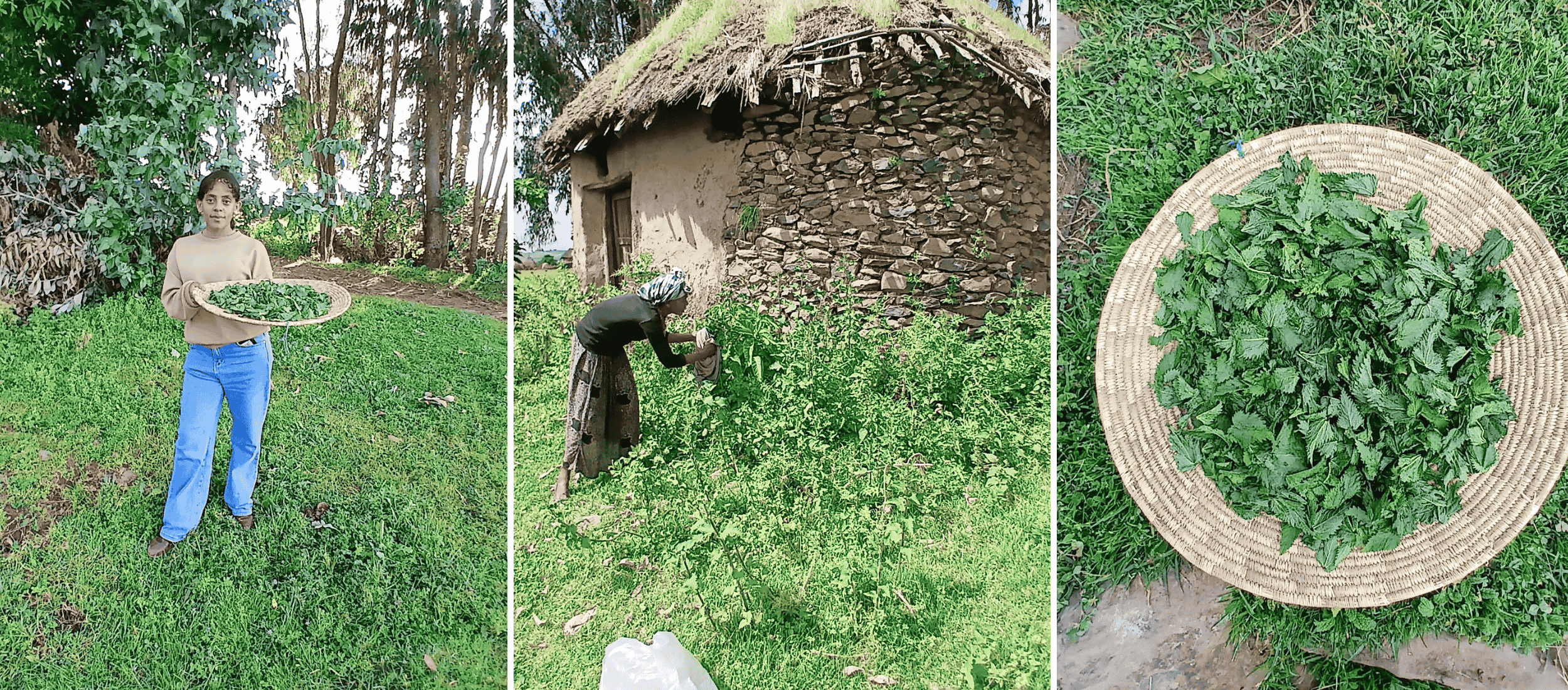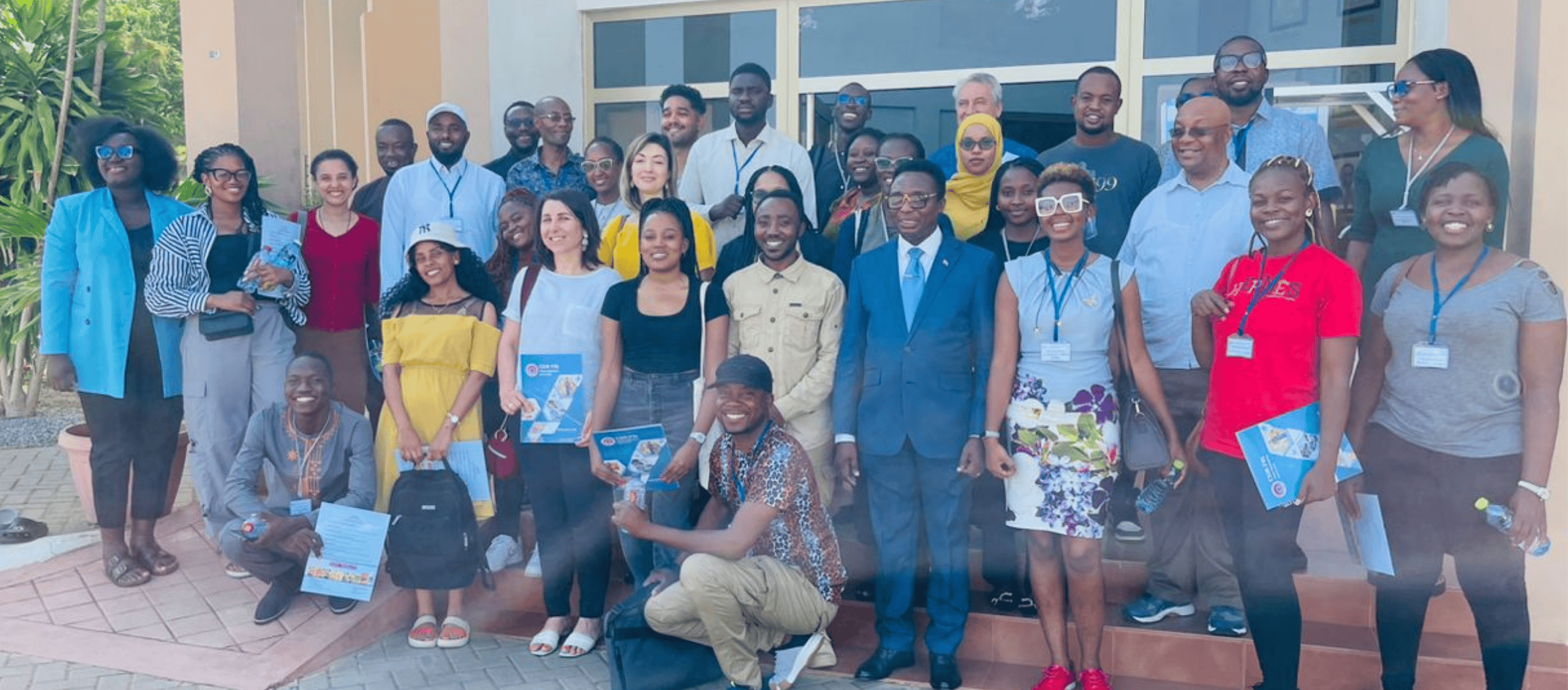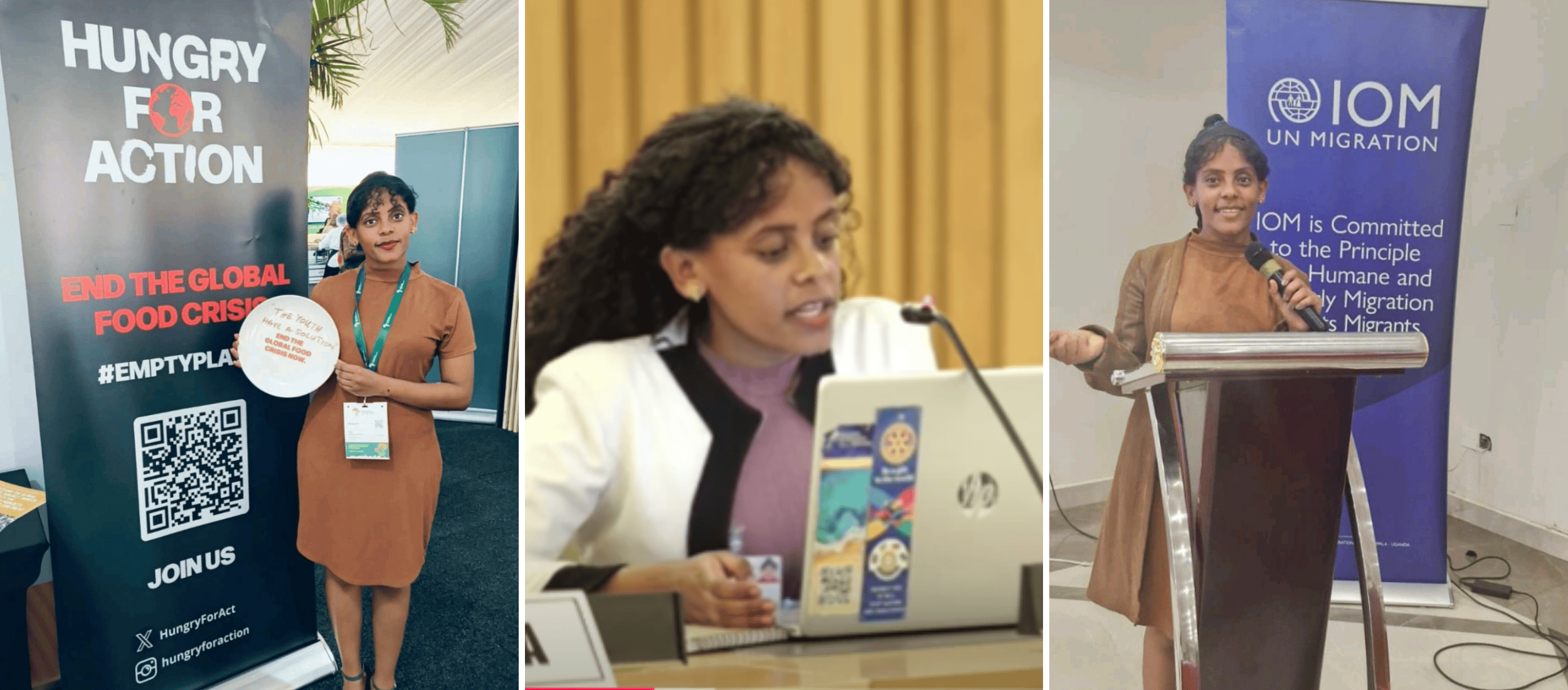SEED FUNDING JOINT PROGRAMMES
Rwanda
Resilient Food Systems: Enhanced Value Chain and Post Harvest Management





PROJECT TITLE | Resilient Food Systems: Enhanced Value Chain and Post Harvest Management |
| Context | Food systems transformation is embedded in several national policies in Rwanda, including the National Transformation Strategy, the Strategic Plan for Agriculture Transformation, the National Environment and Climate Change Policy. In 2021, Rwanda developed its National Pathway, which highlights four priority areas for the country towards 2030: ensuring food security and nutrition for all, while increasing demand for healthy diets; enhancing the environmental sustainability of food systems; improving livelihoods for farmers and all workers in food systems while building resilience to shocks; promoting inclusion of women and youth in food systems, including through enhanced financial opportunities. |
| PUNOs | FAO, WFP, IFAD |
| Contribution to SDGs | SDG 1 No Poverty; SDG 2 Zero Hunger; SDG 8 Decent Work and Economic Growth; SDG 13 Climate Action |
| Contribution to other SDG transitions | Decent Jobs and Universal Social Protection; Energy Access and Affordability |
| Duration | July 2024 – June 2025 |
| Expected financial leverage | $ 3,070,000 |
| Alignment with SG Call to Action | Policy integration; Food systems governance; Research, data, technology and innovation; Inclusive and participatory design; Private sector engagement |
| Outcomes | The JP leverages on improved post-harvest management as a strategic approach to simultaneously reduce food loss, improve incomes, and boost food availability. The JP promotes the economic integration of youth-led MSMEs and builds linkages with partners and initiatives focused on nutrition and food security to connect the dots between food production, processing and consumption. |
| Partners |
|
| Outputs |
|
A leaf with a legacy: How Dina Kassa Kebede is revitalizing a forgotten plant for sustainable nutrition

Dina Kassa Kebede crouches on her grandfather’s farm in Ethiopia, gently picking leaves from the samma plant, careful of their nettled edges prickling through her gloves. To most, samma is little more than a wild shrub, a relic of rural kitchens. But to Dina, it holds untapped potential – a chance to merge indigenous knowledge with modern science to help tackle global health and environmental issues.
“This plant has always been here, but people don’t see it,” she says. “I want to change that.”

Dina harvesting samma on her grandfather’s farm in Ethiopia.
Born and raised in a rural area of Ethiopia, Dina has long been attuned to the natural world. Her curiosity about plants led her to study chemistry and environmental science, focusing on the phytochemical properties of medicinal plants. But it wasn’t until a research program in Japan, where she presented on indigenous Ethiopian plants, that she developed a particular focus on samma’s potential.
“During my research, I realized that many people in Ethiopia didn’t even know samma was edible, let alone the nutritional benefits it offers,” Dina recalls. “That realization pushed me to find ways to promote it, not only for its health benefits but also as a way to preserve our food heritage.”
From local shrub to herbal tea
At first glance, samma (Urtica simensis) doesn’t look like much. Its nettled leaves make it difficult to harvest, and its use has largely been confined to rural Ethiopian kitchens. Yet, beneath its modest appearance lies a nutritional powerhouse. Rich in antioxidants, protein, vitamins, and essential minerals, samma has the potential to boost nutrition and strengthen food systems.
Dina decided to reintroduce samma as an herbal tea – a form that could appeal to modern consumers while maintaining its traditional roots. Working on her grandfather’s land, she cultivates samma using sustainable farming practices, harvesting it with care to preserve its active compounds.
“Harvesting samma is delicate work,” she explains. “The nettles require careful handling, and the leaves must be dried in shaded areas to preserve their nutrients.” Once dried, the leaves are ground into a fine powder, ready to brew into a cup of tea that’s both earthy and rich in health benefits.
“My goal is to make samma a globally recognized food resource,” she says. “It has the potential to benefit not just my community but consumers worldwide.”
Food Systems Youth Leadership Programme
Dina’s journey gained momentum through the UN Food Systems Youth Leadership Programme (YLP), supported by the German Federal Ministry for Economic Cooperation and Development, which equips young leaders with tools to tackle food systems challenges. The program broadened Dina’s understanding of how samma could fit into larger conversations around sustainability, nutrition, and climate resilience.
“The YLP helped me see the deep connections between food systems and climate change, especially in Africa,” Dina explains. “It also emphasized the importance of finding innovative solutions to build resilience, which I now apply to my work with Samma and other projects.”

Dina taking part in the Hub’s Youth Leadership Programme in Accra, Ghana.
The program also introduced her to a network of like-minded young leaders across Africa, whose feedback helped her refine her approach. Today, Dina credits the YLP with helping equip her to advocate for youth-led solutions at forums ranging from at the UNECA in Addis Ababa, to the Africa Food Systems Forum in Kigali.
“As youth, we are the driving force of agricultural innovation,” Dina says. “Samma is a perfect example of how we can combine local knowledge and modern science to create climate-resilient and sustainable food systems.”
A voice for youth and indigenous knowledge
Dina’s advocacy goes beyond samma. She’s a vocal proponent of youth inclusion in agriculture, arguing that young people must be at the center of innovation.
“In Africa, agriculture is our backbone, but it’s also incredibly vulnerable to climate change,” Dina says. “If we don’t empower young people to bring fresh ideas and technologies to the table, we’ll be stuck.”
Her calls for change have resonated in forums and policy discussions, where she highlights the potential of indigenous plants to tackle food insecurity and climate challenges. “It’s crucial for leaders to recognize the skills and knowledge today’s youth bring to the table,” she says. “We are the hope for the future, but we need opportunities to show our potential.”

Dina advocates for youth-led solutions at prominent national and international forums.
Challenges in scaling a dream
Dina’s journey hasn’t been without hurdles. Convincing communities to embrace samma as a valuable crop has been an uphill battle, and scaling production requires resources that are often out of reach.
“I’ve had moments of doubt,” she admits. “But I stay committed because I truly believe in the impact samma can have – on nutrition, on livelihoods, and on sustainable food systems.”
Dina dreams of bringing samma to international markets. “This isn’t just about samma,” she says. “It’s about showing the world what’s possible when we value what’s already here.”
A model for transformation
For now, Dina is focused on expanding samma’s reach within Ethiopia, using it as a model for how indigenous plants can drive food systems transformation.
“Samma is just the beginning,” she says. “There are so many untapped resources in our communities. All it takes is someone to look at them differently.”
